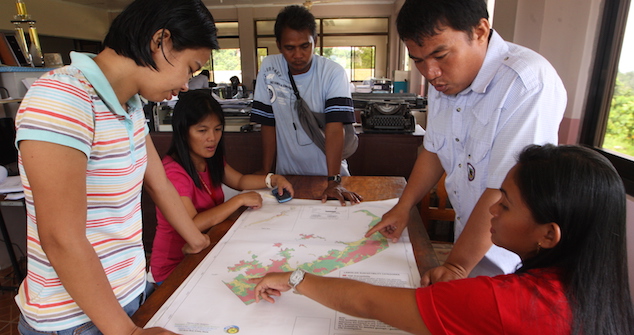A Bright Future for Green Growth

With the recent momentum behind green growth initiatives after the COP20 in Lima, Director of the East-Asia and Pacific Global Green Growth Institute reflects upon the important work of his organisation.
Prominent in the news has been Australia’s decision to commit 200 million AUD to the recently launched Green Climate Fund (GCF), a United Nations-affiliated organisation based in Songdo, South Korea. What has been less widely reported is the government’s decision to continue its strong support for the Global Green Growth Institute (GGGI), another international organisation based in South Korea.
Australia’s history with the GGGI predates the GCF and goes back to the organisation’s beginnings as a Korean foundation prior to its conversion into a treaty-based international organisation in 2012. The GGGI was based upon the then president Lee Myung-bak’s belief that developing countries could grow their economies rapidly without the wanton destruction of the environment that marked much of the industrialisation during the 20th century. Korea adopted green growth policies and established the GGGI to spread such policies throughout the developing world. Early partners in this effort were Denmark and, of course, Australia.
By 2012, 17 other countries had got on board (including Cambodia, Ethiopia, Indonesia, Norway, and the United Kingdom to name a few) and had signed the Establishment Agreement of the Global Green Growth Institute at the United Nations Conference on Sustainable Development in Rio de Janeiro, otherwise known as Rio+20. Fast forward a little more than two years, and the GGGI has more than 30 programs in 20 countries, helping integrate green growth policies into their regional or national economic goals.
For instance, take our work in Indonesia. The GGGI has been supporting the national government and the provincial governments of East and Central Kalimantan, incorporating green growth into their economic development planning processes. Over the past year or so, we have completed a significant amount of analytical work there, including developing a database on deforestation, green industry mapping, and a funding method for projects that reduce carbon emissions from deforestation, and yet stimulate economic growth.
In the Philippines we have partnered with the Climate Change Commission (CCC) on the Demonstration of the Eco-town Framework, a project designed to demonstrate how at-risk municipalities can become ecologically stable and economically resilient to climate change. The bulk of the GGGI’s work took place in the town of San Vicente in the province of Palawan, one of the westernmost islands in the Philippines. San Vicente is a municipality of about 30 000 inhabitants and has a total land area of 165 798 hectares. The town is highly vulnerable to sea-level rises, coastal inundation, flooding, and drought. In a place where fishing and farming make up nearly 60% of all economic activity, the increasing threat of climate change has drastic implications for its economy and food security.
The CCC and GGGI conducted climate change vulnerability and risk assessments, and environmental and natural resource accounting in multiple sectors, including agriculture, coastal and marine, forestry and health. Based on their analysis, the CCC-GGGI team (through consultation with local and foreign stakeholders and experts) suggested an array of adaptation measures for the town. In early 2014, the Assembly of San Vicente passed a resolution adopting the results of the analysis undertaken by the CCC and GGGI. Now, we are taking the lesson learned from San Vicente to do similar work at the provincial level on a larger scale.
Australia’s decision to recommit to the GGGI has come at an opportune time. In the past two months, we have adopted a new strategy that will redouble our efforts to focus on the least developed countries, such as small island states and certain countries in Asia and Africa, as well as prioritising our efforts in the areas of renewable energy, green city development, land-use and water. The GGGI Assembly and Council includes Australia as well as former Indonesian president Susilo Bambang Yudhoyono elected to be both Assembly President and Council Chair. In addition, we have just welcomed Senegal and Vanuatu as member countries, bringing the total to 24 members.
So the future looks rather bright for green growth and, with the recent momentum behind major climate deals in the run-up to the Paris negotiations next year, we believe this is a watershed moment where green growth will be viewed increasingly as the only way forward for economic development.
Imran Habib Ahmad is Director, East-Asia and Pacific Global Green Growth Institute. This article can be republished with attribution under a Creative Commons Licence.





